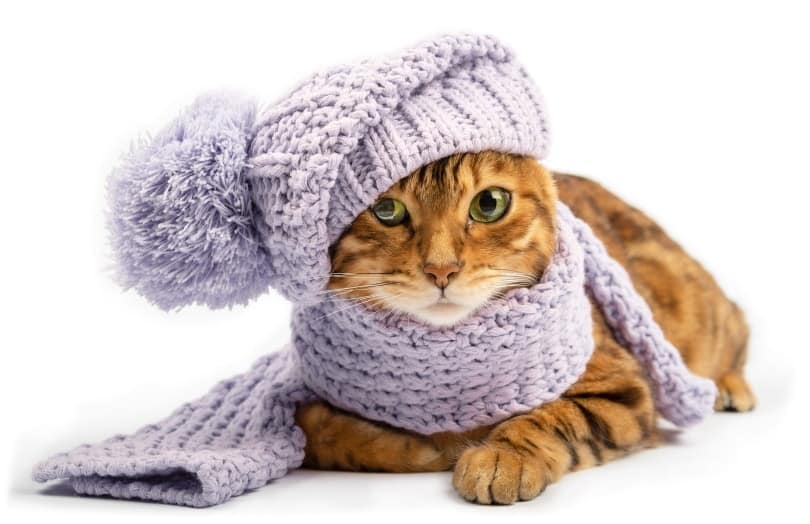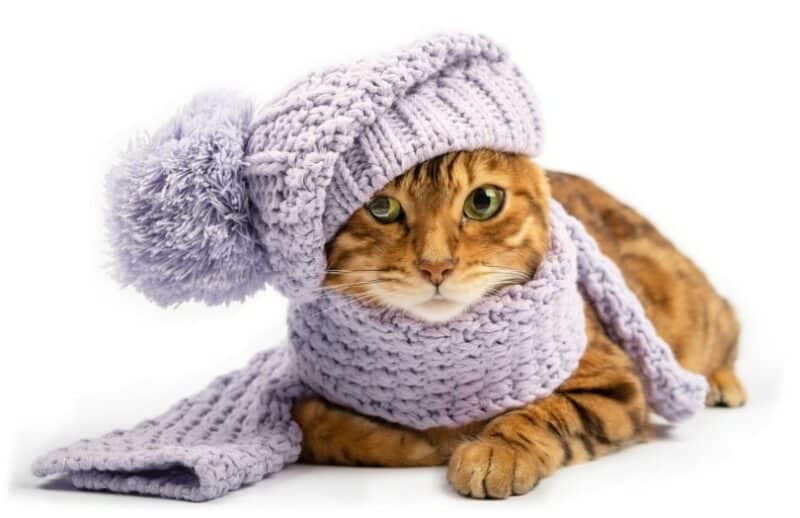If you’re someone who prefers something a little more sophisticated or you’ve recently adopted an especially elegant-looking cat, you might want to consider a French name for them. French names just have an exclusive, chic feel to them, making them perfect for lithe, elegant, and beautiful cats.
How to Name Your Cat
If you’re a first-time cat parent, you may be surprised at how much thought you find yourself putting into their name. While some people are happy to go with well-known, popular cat names, others prefer to choose a name with meaning. If you’re stressing about coming up with a name, here are our top tips for naming your cat:
- Meet the cat before you name them—it’s good to get an idea of their personality and see how they look up-close.
- Think about what makes your cat unique.
- Look up cat names online and note down your favorites, then narrow it down from there.
- Pick something that you enjoy saying out loud.
- Take your time—there are no rules on how long it should take to name your cat!
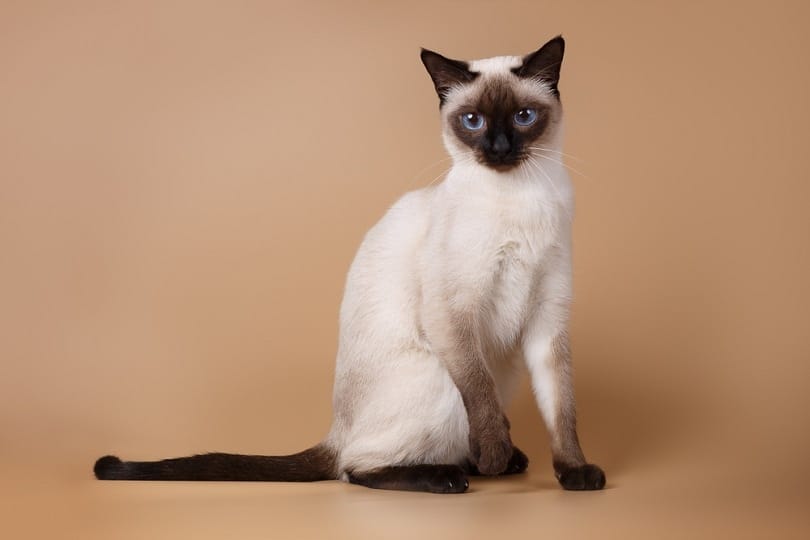
Stylish French Names With Meanings
If you’re strongly considering going with a French name, check out our top picks for your stylish and sophisticated fur baby. These names are well-known in France and aren’t too tricky to say out loud.
Stylish French Names for Male Cats with Meanings
- Basile – Meaning “royal” or “kingly.”
- Aurélien – Meaning “golden.”
- Alexander – Meaning “defender of men.”
- Benoît – Meaning “blessed.”
- Hugo – Meaning “mind.”
- Gabriel – Meaning “God is my strength.”
- René – Meaning “reborn.”
- Raphael – Meaning “God has healed.”
- Beau – Meaning “handsome”.
- Théodore – Meaning “gift of God.”
- Etienne – Meaning “crown.”
- Fitzgerald – Meaning “son of Gerald.”
- Victor – Meaning “conquerer.”
- Claude – Meaning “lame.”
- Jules – Meaning “youthful.”
- Augustin – Meaning “magnificent.”
- Gaspard – Meaning “treasure.”
- François – Meaning “Frenchman.”
- André – Meaning “warrior” or “man.”
- Jacques – Meaning “supplanter.”
- Alphonse – Meaning “ready for battle” or “noble.”
- Isidor – Meaning “gift of Isis.”
- Louis – Meaning “renowned warrior.”
- Pascal – Meaning “Easter” or “of the Passover.”
- Matisse – Meaning “gift of God.”
- Olivier – Meaning “olive tree.”
- Pierre – Meaning “stone” or “rock.”
- Cédric – Meaning “bounty.”
- Leon – Meaning “lion.”
- Valentin – Meaning “strength” or “health.”
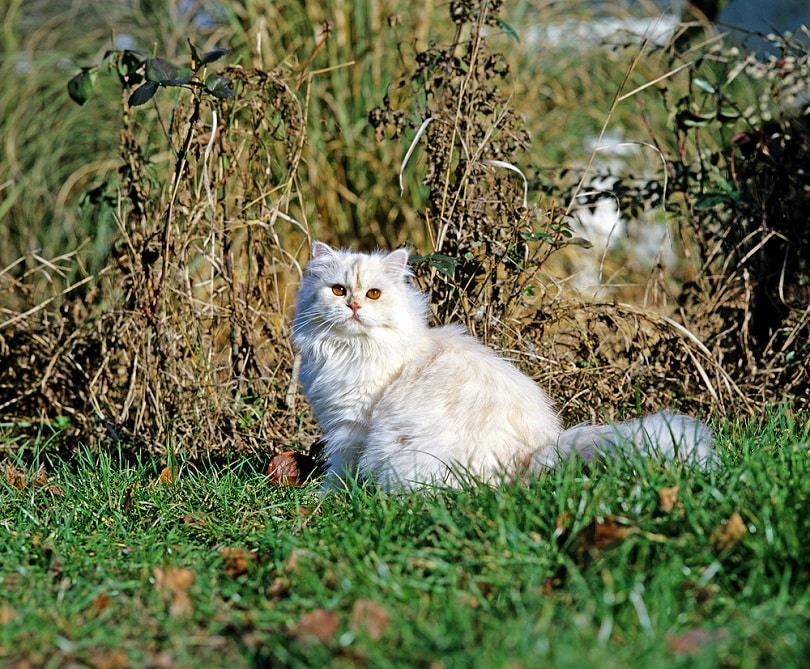
Stylish French Names for Female Cats with Meanings
- Belle – Meaning “beautiful.”
- Annette – Meaning “grace.”
- Chloé – Meaning “blooming.”
- Avril – Meaning “April.”
- Vivienne – Meaning “alive.”
- Jolie – Meaning “pretty.”
- Amélie – Meaning “industrious.”
- Fleur – Meaning “flower.”
- Isabelle – Meaning “God is perfection.”
- Charlotte – Meaning “feminine.”
- Céline – Meaning “heavenly.”
- Juliette – Meaning “youthful.”
- Ophelie – Meaning “help.”
- Bijou – Meaning “jewel.”
- Amandine – Meaning “worthy of love.”
- Elle – Meaning “she.”
- Chanel – Meaning “water channel.”
- Lilou – Meaning “lily.”
- Camille – Meaning “helper to the Priest.”
- Frostine – Meaning “snow.”
- Lucie – Meaning “light.”
- Théa – Meaning “gift of God.”
- Mai – Meaning “May.”
- Aurélie – Meaning “golden.”
- Manon – Meaning “the sea” or “bitter.”
- Madeleine – Meaning “from Magdala” or “tower”.
- Ninette – Meaning “He has favored me.”
- Margot – Meaning “pearl.”
- Laetitia – Meaning “gladness.”
- Léna – Meaning “woman of Magdala.”
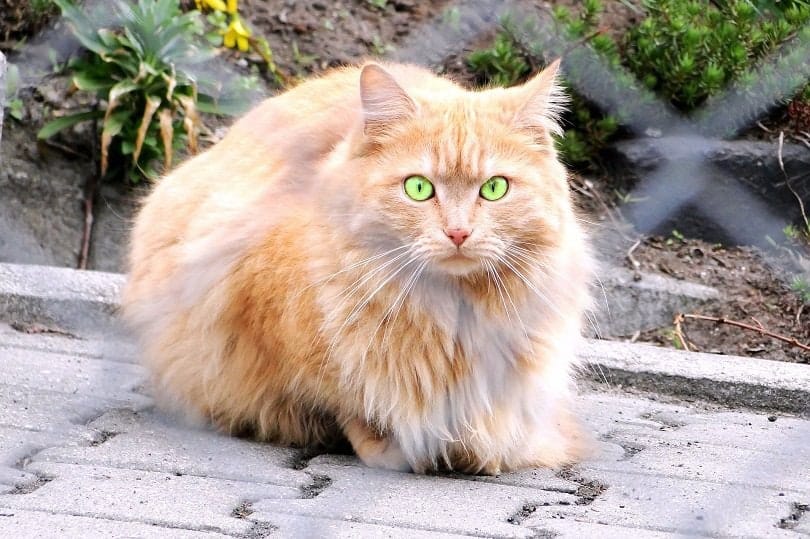
Cute French Cat Names
If you’re looking for something a little cuter, there are plenty of adorable French cat names to choose from. A little background— you’ll notice that some of the names on this list end in “-ette”. In France, this is often added to names as a form of endearment. It means “small” or “cute”.
- Minette
- Mouchette
- Minouche
- Minou
- Nanette
- Patapouf
- Cherie
- Babette
- Coco
- Frimousse
- Pixou
- Pompom
- Titou
- Rintintin
- Gribouille
- Ronchon
- Chacha
- Bonbon
- Fifi
- Tigrou
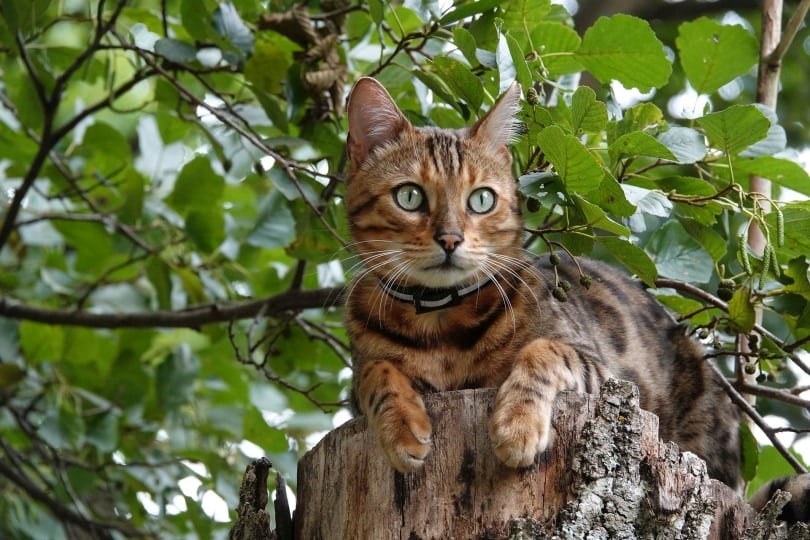

Food-Inspired French Cat Names
France is a country renowned for its cuisine. The great news is that many French food words also make for wonderful cat names. Check out these tempting food-related names.
- Noisette – Meaning “nut.”
- Croissant – The famous pastry.
- Vanille – Meaning “vanilla.”
- Muscade – Meaning “nutmeg.”
- Escargot – Meaning “snail.”
- Baguette – The famous long stick of bread.
- Gingembre – Meaning “ginger.”
- Brie – A famous cheese.
- Limonade – Meaning “lemonade.”
- Croque Monsieur – A French ham and cheese sandwich.
- Sésame – Meaning “sesame seed.”
- Eclair – The famous French dessert.
- Chocolat – Meaning “chocolate.”
- Mousse – Meaning “mousse.”
- Patate – Meaning “potato.”
- Mayonnaise – Meaning “mayonnaise.”
- Reblochon – A famous cheese.
- Romarin – Meaning “rosemary.”
- Pistache – Meaning “pistachio.”
- Raclette – A famous cheese dish with potatoes.
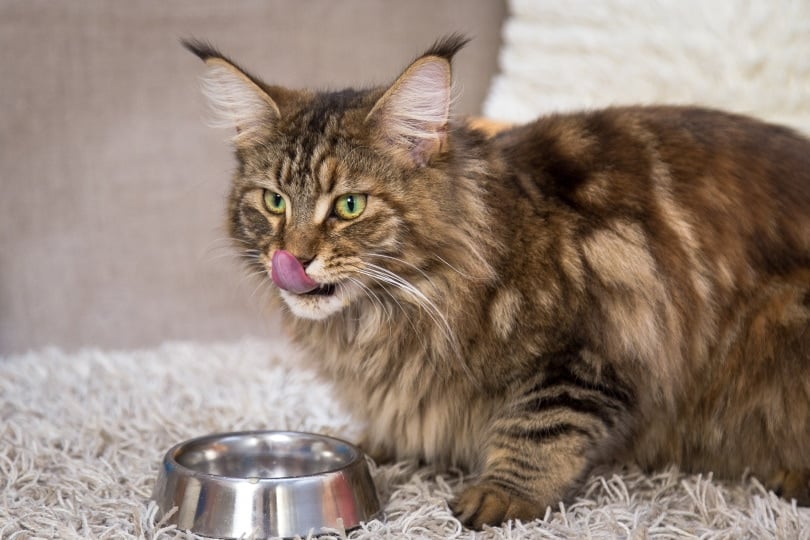
Nature-Inspired French Names
Nature-inspired cat names are beautiful in many languages, but particularly in French. If your cat displays traits that match an element of nature—for example, if your cat is a little temperamental, you might go for “Mistral”, which is a strong wind that blows through the south of France. Check out this list for our absolute favorite nature-inspired French cat names.
- Mistral – a strong, cold wind that blows through the South of France into the Mediterranean.
- Chataîgne – Meaning “chestnut.”
- Papillon – Meaning “butterfly.”
- Monarch – A type of butterfly also meaning “king.”
- Tonnerre – Meaning “thunder.”
- Neige – Meaning “snow.”
- Flocon – Meaning “snowflake.”
- Torrent – Meaning “a fast-moving stream of water.”
- Océan – Meaning “ocean.”
- Écume – Meaning “foam” on ocean waves.
- Giboulée – A short episode of rain in March.
- Bruine – A small, light rain.
- Brume – Meaning “mist.”
- Flamme – Meaning “flame.”
- Étincelle – Meaning “spark.”
- Tornade – Meaning “tornado.”
- Foudre – Meaning “lightning.”
- Orage – Meaning “storm.”
- Rose – Meaning “rose.”
- Marguerite – Meaning “daisy.”
- Coucou – Meaning “cowslip”, also a French greeting.
- Dahlia – Meaning “dahlia.”
- Jasmin – Meaning “jasmine.”
- Lilas – Meaning “lilac.”
- Violette – Meaning “violet.”
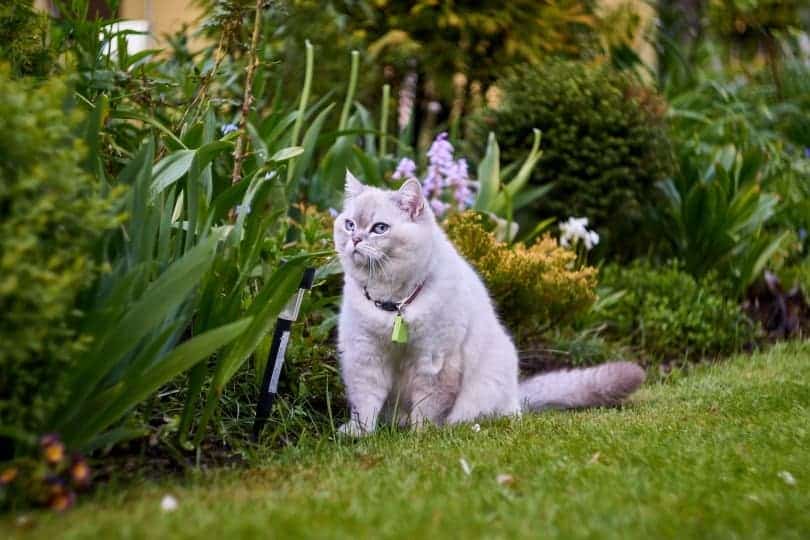
Final Thoughts
As you can see, there are plenty of wonderful French name options for cats whether you’re looking for something classy, cute, funny, or with meaning. Most importantly—remember that naming your cat should be enjoyable and when you’ve picked something that perfectly fits your cat, you’ll just “know”. Good luck on your name search!
Featured Image: Svetlana Rey, Shutterstock

